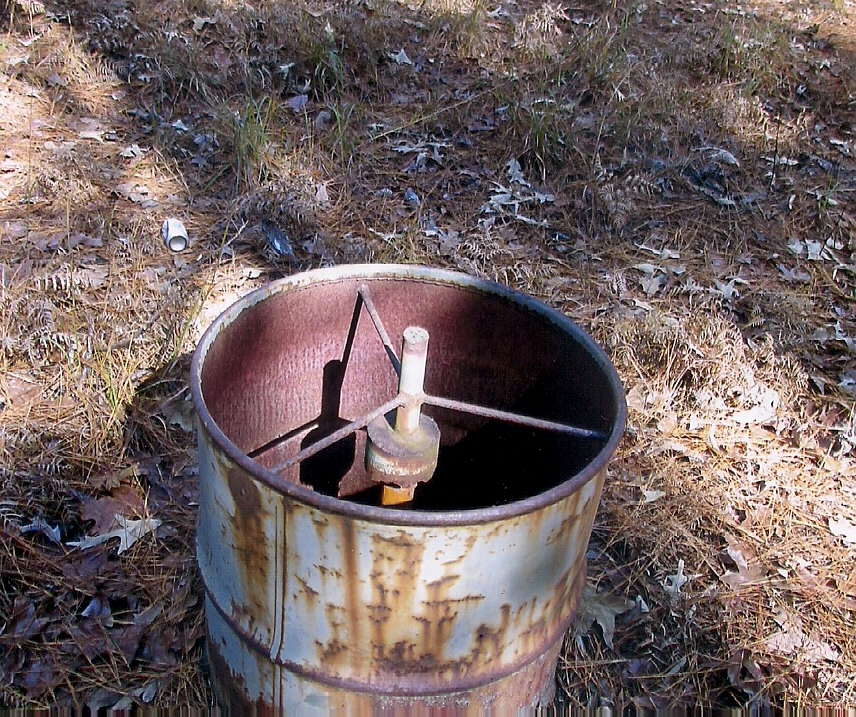TIGER VILLAGE: FIFTY YEARS LATER 1968 TO 2018
BY RICKEY ROBERTSON
During the Vietnam War, Fort Polk was known as the "Home of the Combat Infantryman" due to the realistic basic and combat training taught there. Many of us can remember the 1960s and early 1970s and the first thing most folks think of is that this was the Vietnam War years. Yes, it was also the years of love-ins, peace marches, riots, and of the hippie generation. But the one thing that impacted America more than anything was the war that we were involved in that was located in Southeast Asia in a country we had never heard of called Vietnam. Early in the presidency of John F. Kennedy, the first military advisors were sent to Vietnam to assist with training the fledgling Army of the Republic of Viet Nam, known to all as ARVN. The ARVN's were fighting to keep South Vietnam free of communist control from North Vietnam. It would be a long war, with America and its allies assisting with men, equipment, weapons, and material of all types. And the North Vietnamese were backed by all its communist friends, the Soviet Union, China, Hungary, and other Eastern Bloc nations. From 1963 until Saigon fell to the NVA in 1975 American fighting men and women were right in the thick of the fight in this country 10,000 miles from home.
During the eight weeks of AIT (Advanced Infantry Training), Fort Polk had two training areas for these up and coming infantrymen. Best known was Tiger Land, located on Fort Polk's main post. But the one we are visiting today was known as "Tiger Ridge." Tiger Ridge was located on Peason Ridge Military Reservation located in Vernon, Sabine, and Natchitoches Parishes. At Tiger Ridge there was a Headquarters Cantonment Area that had barracks for these trainees, along with a mess hall where hot meals were served. At the main entrance was a big overhead sign stating "Tiger Ridge" with other signs that read "Fight-Win" and "Bong the Cong." But the use of these barracks and mess hall was very minimal. These soldiers would be in the field training in patrol tactics, search and destroy missions, and attacking and even protecting the Vietnamese Village known as Tiger Village.
Tiger Village was made up of many thatched huts, buildings, lookout tower, and animal pens. The villagers were NCOs (Non Commissioned Officers) who had served in Vietnam and other combat situations during their careers. They could either be friendly or they could be VC. The soldiers had to find out which side they supported. This was a large village, and for protection, it had a large berm all the way around it. Built into this berm were bunkers for M-60 machine guns, fighting positions for individual soldiers, and planted thickly all around the berm were "punji sticks" made of sharpened bamboo, and strings of concertina wire to prevent the village from being attacked and overrun by the VC. And underground throughout the whole village were tunnels where the villagers could hide during an attack or where the enemy could hide and penetrate the village defenses. This was a very challenging place for the scared young infantrymen.
The trainees were trucked from the HQ at the Cantonment Area to an assembly area near Tiger Village. Here they were issued blank ammo, water, and C-rations for the field. Orders were given, and patrols set out to conduct reconnaissance on the village. All along the trails leading to the village were booby traps, punji pits, and spider holes where the VC could pop up and fire on the patrols. After negotiating the trail, they entered the village and began search operations. Any of the villagers could be questioned, any of the villagers could be searched, and any and all of the hooches could be searched for enemy equipment and personnel. After searching the village, the patrol would either stay the night itself or radio the rest of the company to move into defensive positions at the village. The soldiers manned the bunkers and perimeter foxholes throughout the night, no matter what type of weather, just as they would do in the future in Vietnam. And during the night there were some type of VC probes on the defensive lines around the village. The instructors were in continuous contact with the trainees throughout these experiences. They would patiently explain something that the trainees missed during their searches, explain how to find and defuse booby traps, how to find the best fields of fire when digging in for the night, how to question the villagers and get the most information from them, and how to clean and keep up their weapons and equipment. This was as close to the real deal as it would be for these trainees. The tactics and training they received at Tiger Ridge help soldiers survive when they arrived in beautiful exotic Vietnam. And due to the intensive training at Fort Polk soldiers arriving in-country to Vietnam did not have to go through a week of training with their new unit due to the training they had went through while at Fort Polk.
Recently, in December 2018, I went back to the site of Tiger Village fifty years after it was built and was used extensively. This large village once was protected by a moat and thousands of sharpened bamboo stakes known as "punji sticks." Even though there are no hooches or buildings left at the village site, there are lots of things to distinguish the area and bring back memories. A large part of the original berm is still located there. There are old fighting holes with M-60, M-14, and M-16 brass still in the bottom of them, parts of the old concertina wire that surrounded the camp was still there, the old ambush trail was still there with even a couple of spider holes to be found, old C-ration cans laying around, several old deuce and half's on the ambush trail that had been destroyed, and some of the old tunnel network is still located there in a few places, along with a large vent sticking out of the ground that allowed air into the tunnels. It was a place filled with military history…..a time in our history that was turbulent as the nation wanted out of the war. As I walked around the once large village location I could almost hear rifle and machine gun fire coming from the ambush trail as trainees were ambushed. This was a place where heroic American soldiers trained in combat tactics that they used as they lived and fought in primitive jungle conditions in Vietnam. I remember the sacrifice made by these brave men. As I walked around I wondered just how many of the men who trained here now have their name listed on the Vietnam Memorial Wall in Washington, D.C. They fought with bravery and honor and overcame so many obstacles. If you also remember these GIs and their sacrifice, give a Vietnam Vet a pat on the back and tell him "Thanks buddy for your service. Sorry you never got it when you came home all those years ago, but we remember and say thanks now!" With pride I salute the thousands of trainees who went through Tiger Village! And the memories of this location will always be in the minds of those who trained at this village over fifty years ago.
.jpg)
Tiger Village was the large training village on Peason Ridge where thousands of infantry recruits took Advanced Infantry Training (AIT) at Fort Polk, La. during the Vietnam War. It was a fortified village that trainees had to attack and capture during training. (Robertson Collection)
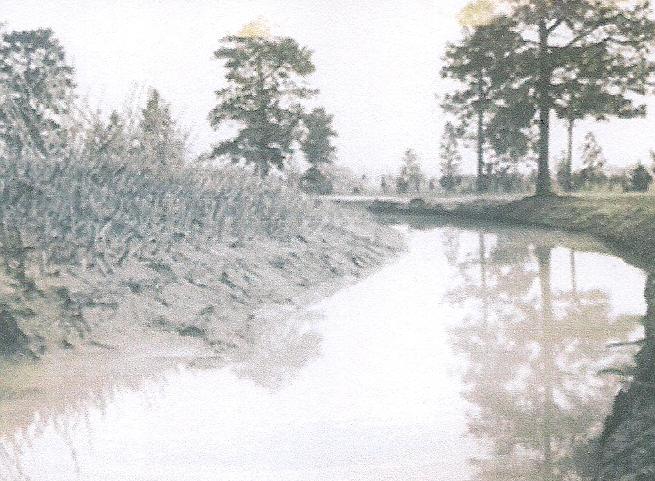
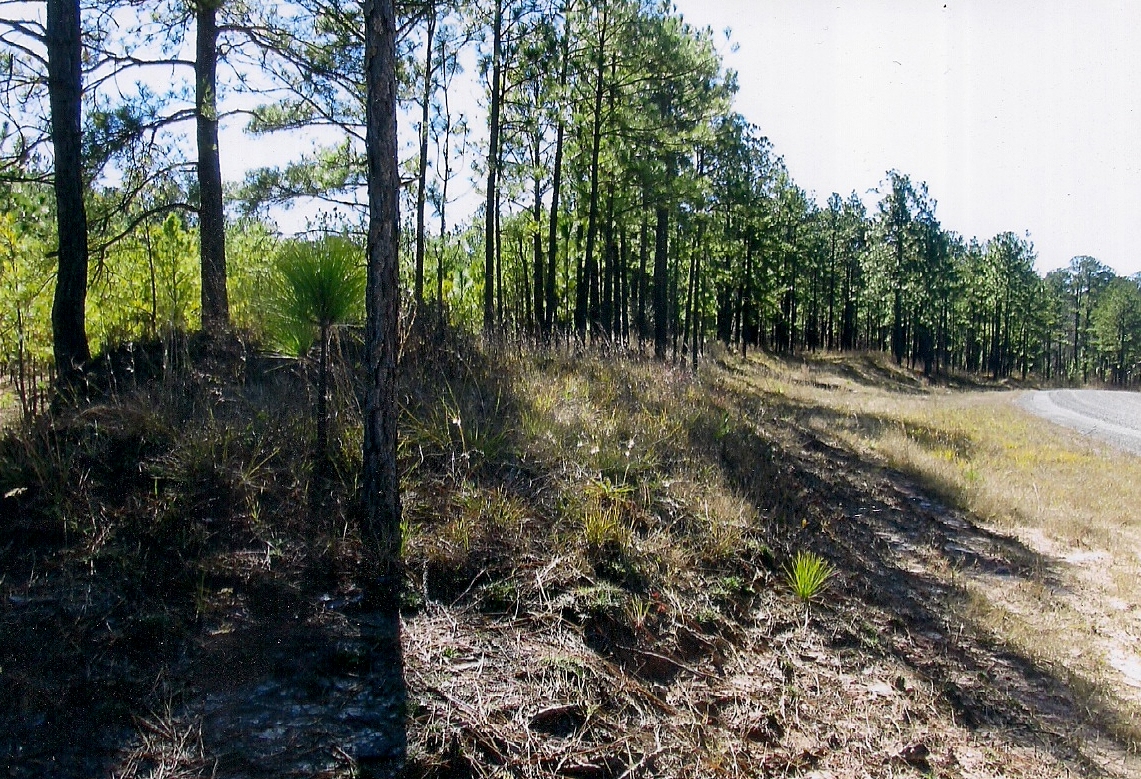
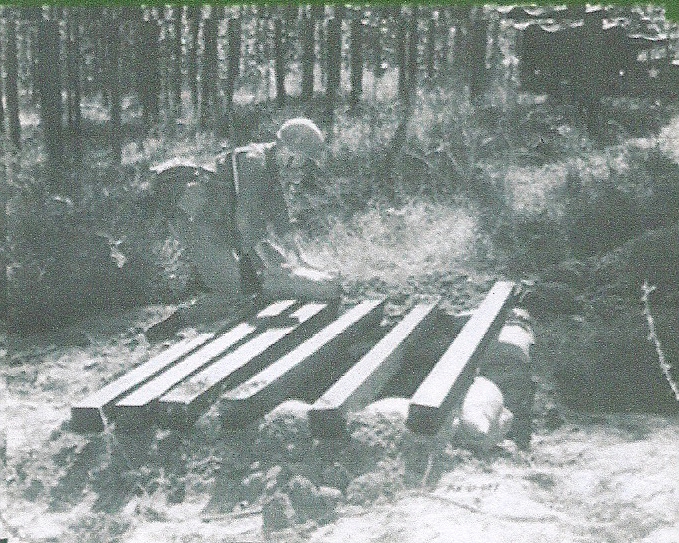
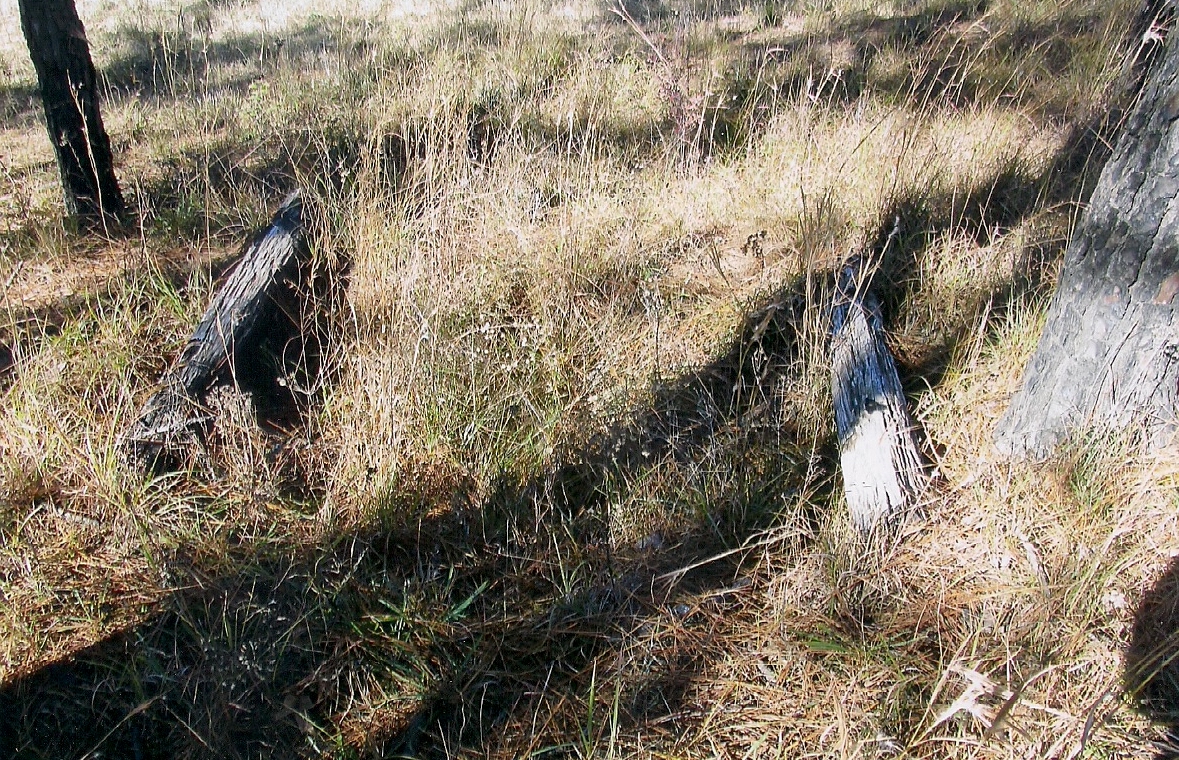
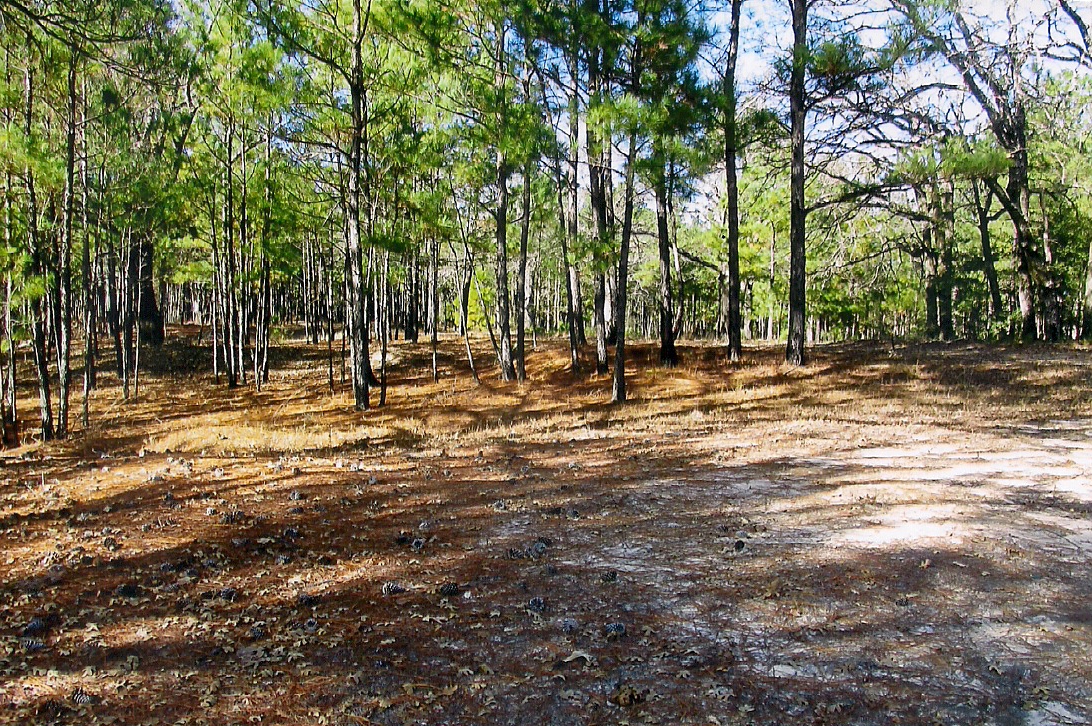
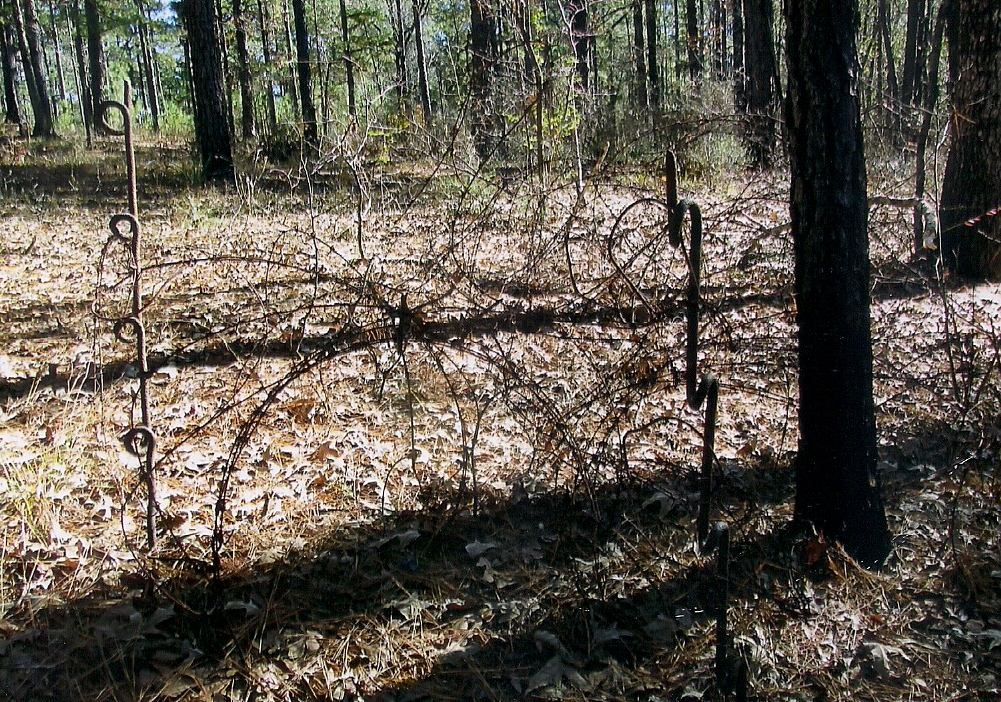
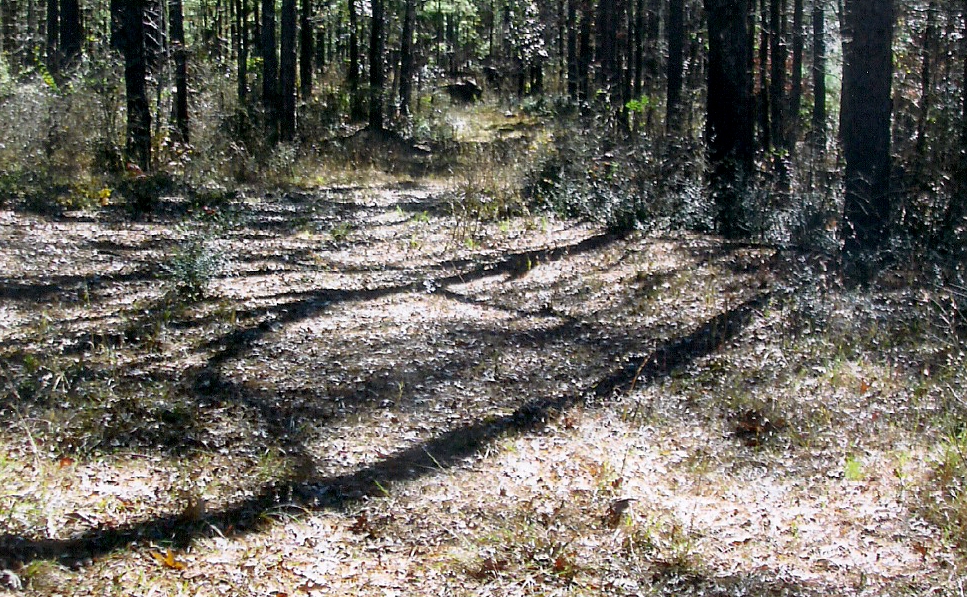
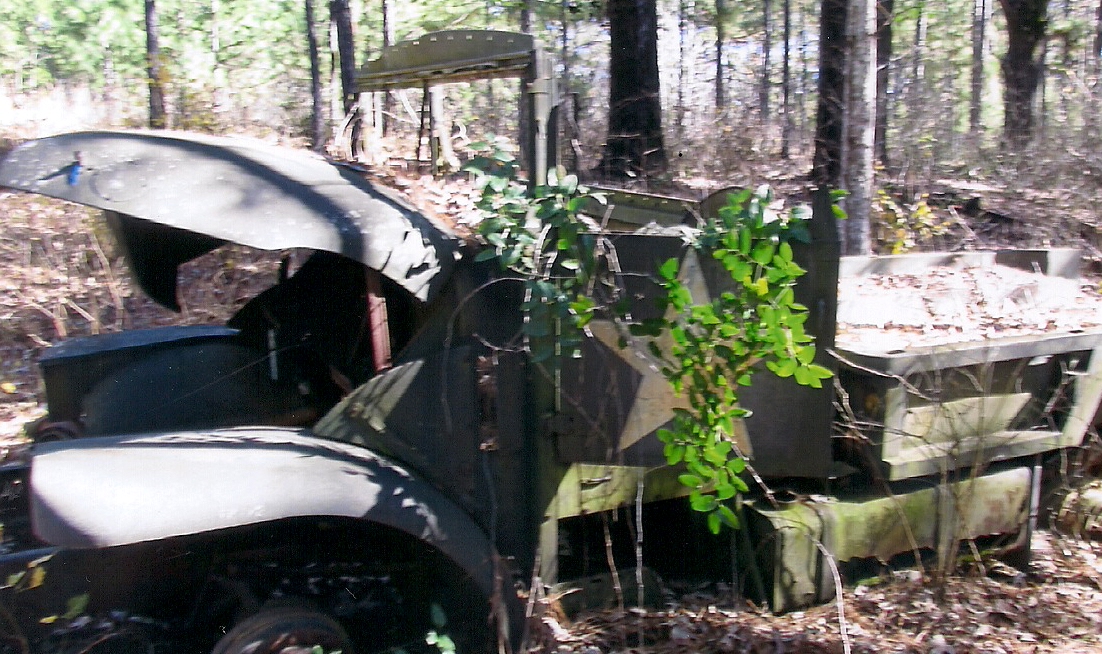
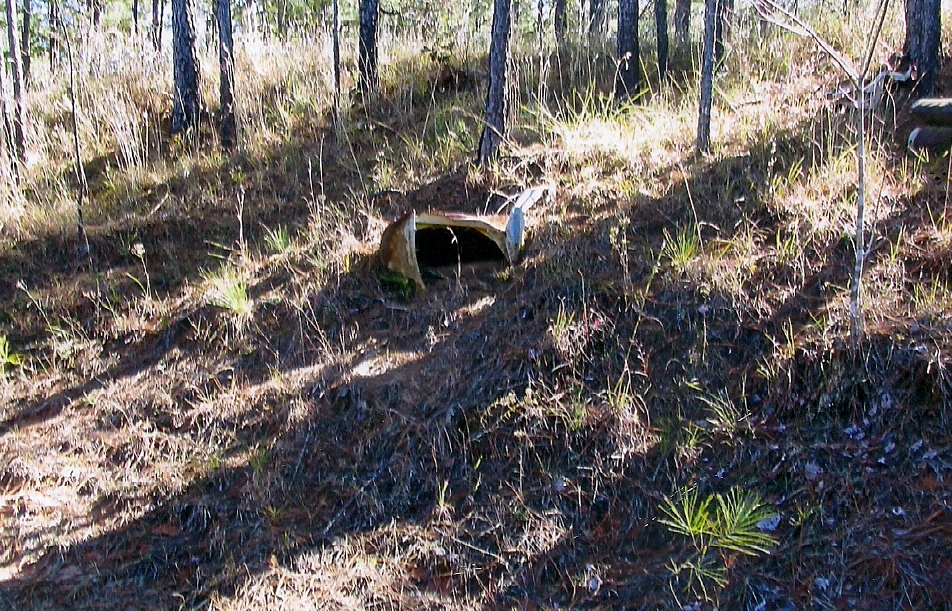
A piece of one of the tunnels that once ran underground at Tiger Village can be seen at the location of the old village. (Robertson Collection)
